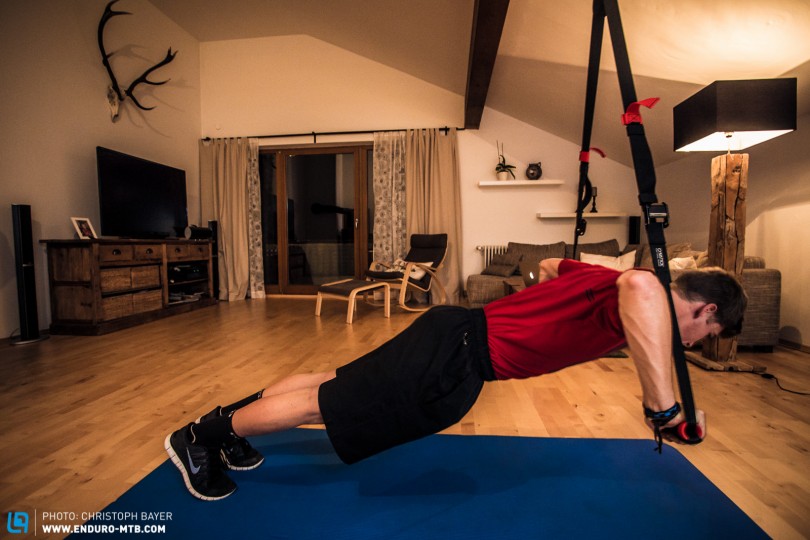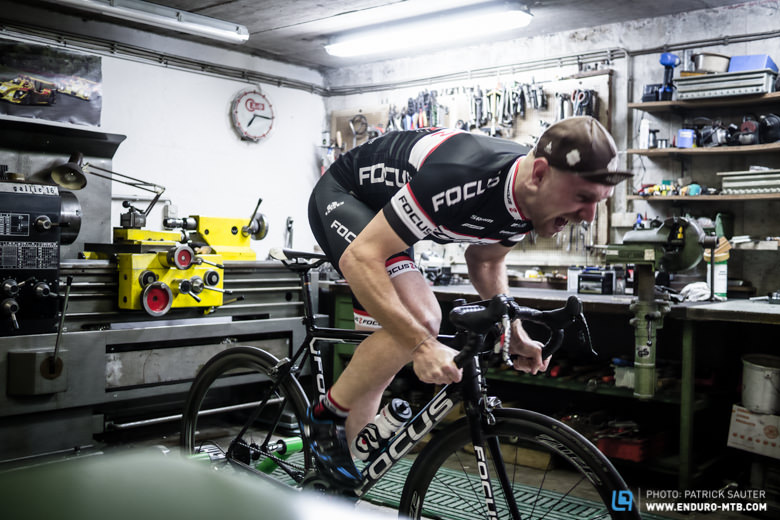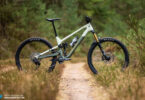Fast forward yourself to June and picture where you are at and you’re riding with your buddies. You’re working hard on one of your favorite epic rides, enjoying the beautiful surroundings. But like usual, you start to peel off the back due to increasing fatigue that you just can’t shake off. At the same time, that inner voice starts to talk to you, “What’s up? You’re getting tired again? Come on… just keep going.” “Argh”, you sigh. No matter hard you try, you just don’t have the gas to keep pushing.
Or perhaps you are a few stages into you local enduro race and you’re beginning to become aware of fatigue creeping into your legs and upper body. It begins to affect your ability to ride to your full potential, and you fade in the overall standings.
Goal setting and reflecting on your strengths and weakness will shape the direction of your training for the following season. That’s why we have created our “End of Season Performance Evaluation,” to give you the chance to answer some tough, pointed questions about how your season went, so you can use that information to create your riding goals for the coming year and train most effectively in the offseason.

Examples of questions in the “End of Season Performance Evaluation” include:
- During this season, name your top three weaknesses that you need to work on over the offseason?
- Did you feel physically prepared for every ride or race? Any obvious reasons why or why not?
- Did you have a rest and recovery plan in place for important events, including a practice plan? If so, how did you feel it worked?
- What were the particular areas of your body that you found weakest, or were the most problematic pertaining to your riding or racing performance?
If you want to continue to improve your riding or racing each year, you must set SMART (Specific, Measurable, Achievable, Realistic, Time-Bound) goals, and adjust your training habits leading in the off season that address your weaknesses from the prior and goals for the following season.
I challenge you to think outside the conventional box of training for mountain biking as an endurance sport, purely through putting in the miles on the bike, and consider how important strength and mobility training is to your overall performance. The differences between cross-country, enduro, and the “weekend warrior” riders require different types of skills, fitness, strength, and energy systems.
Here are some examples:
- Gravity racing requires the stability, balance, and strength to be able to withstand repetitive runs with drop-offs, high rates of speed rock gardens, and G-forces.
- Enduro’s energy system requires a unique combination of medium intensity riding through transfer sections, combined with all-out intensity, maxed heart rate bursts for three to 15 minutes.
- Enduro or downhill racing requires a high caliber of skill repetitively performed on some of the toughest terrains around.
- For enduro races, which always includes one to three days of practice combined with two to four days of racing, multiple stage recovery principles must be implemented due to the volume.
This is why, as part of your “new goals for 2016,” I encourage you to think of yourself as an “athlete who mountain bikes” versus a mountain biker. If you see yourself as an athlete first, then you will value the importance of spending time in the gym to work on the key elements of optimal mountain biking performance.

Now is a great time to begin training for the 2016 riding and racing season with a new, fresh approach! If you are ready, then what is your plan? In the last article, I spoke to you about rest and taking time off from riding in order to give your brain and body some time to recover and heal and to create and utilize a “wheel of medical care” around you. Use your physical therapist, chiropractor, massage therapist, acupuncturist, nutritionist and trainer to help your body recover and rebuild from the stress of the season as well as injuries you may have incurred.
So as you consider your riding performance plan for 2016, start by downloading the “End of Season Questionnaire” to shed light on exactly what you want out of your best riding and racing season yet. Then think outside the normal “training box,” and create SMART goals to step into your full potential as a mountain biker.
Click here for part I and part III of our mountain bike winter training series!
Make sure to check out Dee’s MTB Athlete Training System.
Did you enjoy this article? If so, we would be stoked if you decide to support us with a monthly contribution. By becoming a supporter of ENDURO, you will help secure a sustainable future for high-quality mountain bike journalism. Click here to learn more.









